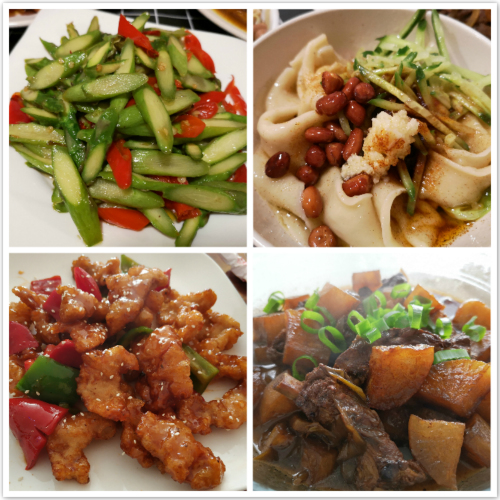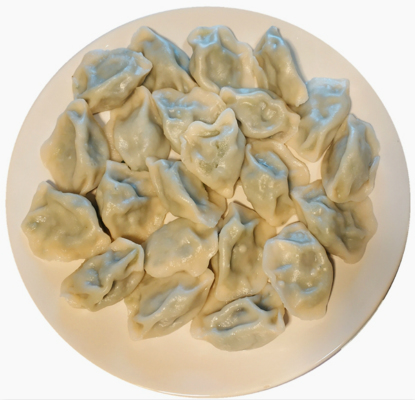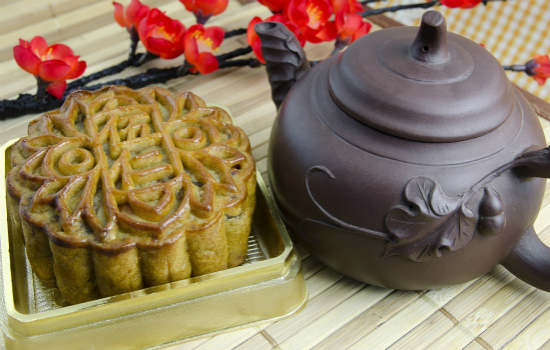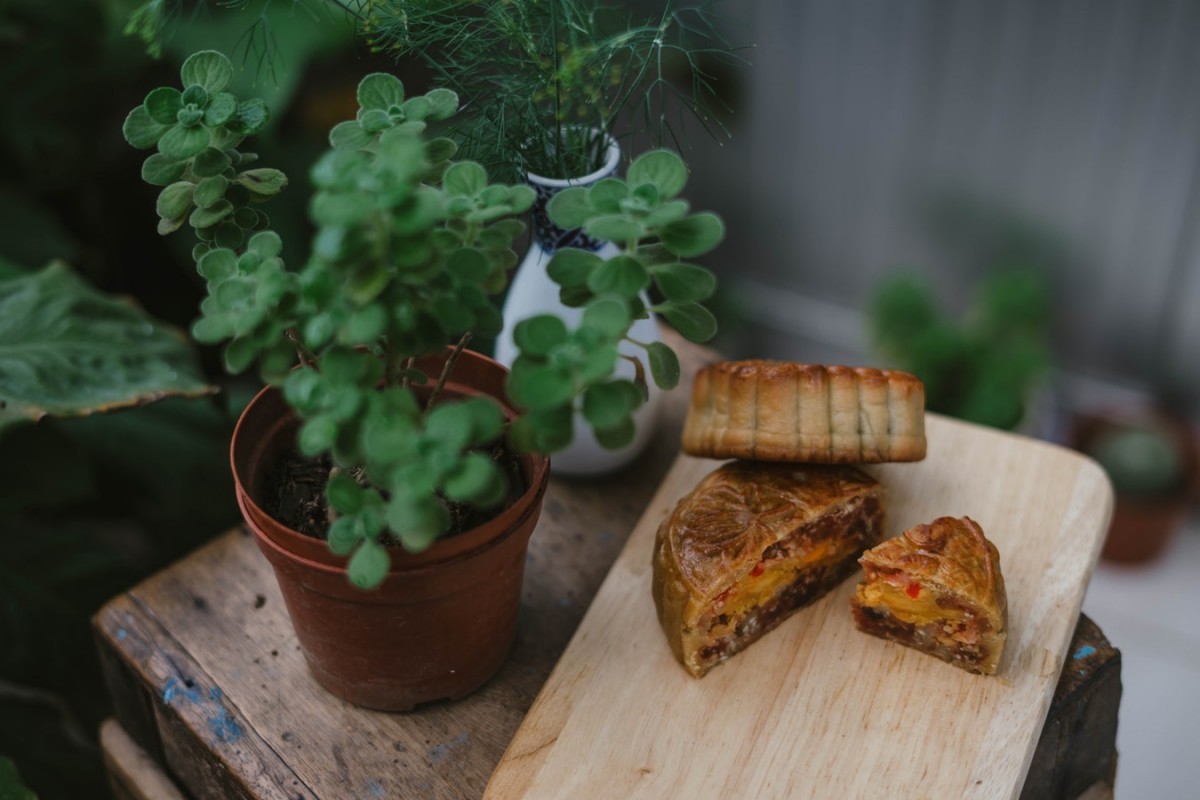The Chinese Cuisine - The Understanding of Food and Eating as a Philosophy
Taste, balance and the significance of temperature
Fire plays a significant role in Chinese cooking, not only in the preparing of food, but also in the Chinese philosophy of nutrition. Alongside the five traditional types of tastes – sweet, sour, bitter, salty and spicy – the way of Chinese cooking also distinguishes between four different types of energy: freezing, burning hot, cool and warm. These forms of energy can impact greatly on the body and can also be used accordingly to treat stomach conditions and other illnesses. Those afflicted with a burning sensation in the body should be served cooling dishes and vice-versa. Food possessing hot properties include, for example, garlic and chilli. Lotus roots and bitter melon are considered as having cooling properties.
Traditional Chinese Medicine (TCM) is also concerned with nutrition. Yin and Yang play an important role in the way Chinese food is categorised. Yin is synonymous with cold and Yang with hot. There are also neutral foods that run alongside the foods associated with Yin and Yang. Eating and nutrition should ideally be balanced. That way, Yin and Yang maintain their balance and, in doing so, then the individual achieves balance within the body and mind. Some examples for Yin foods include aubergine, peppers, tomatoes, limes and spinach. Yang foods include walnuts, ginger, garlic, onions and chilli peppers. Rice, potatoes, red beetroot, lentils and pumpkin are regarded as neutral.

- Chinese dishes ©Wang Yang, Hao Cui
Special meals to mark the festive season
Not only does food play an important role in achieving balance, it is also an essential ingredient for special occasions. Chinese New Year is a time of the year where families come together and have a banquet, something that is a permanent fixture in the family calendar. People from the north and the south of China have very different traditions on what to eat at Chinese New Year. Chinese people from the south of the country like eating sticky rice flour, known as 年糕 niángāo. A play of words comes into action with the latter character 糕 gāo, meaning ’cake’, but 高 gāo also means ‘high’. In this sense, the name can be approximately translated as ‘Year-for-year, somewhat higher’.
In northern China, delicious dumplings known as 饺子 jiǎozi are traditionally eaten on the last day of the lunar year. The filling mainly consists of meat and vegetables, wrapped in a thin piece of dough. These dumplings are prepared before midnight and eaten thereafter. The Chinese believe that jiǎozi help to leave the bad luck of the previous year behind and to have a positive start to the new year full of happiness and prosperity.

- Chinese dumplings ©Hao Cui
Known as a traditional Chinese pastry, the mooncake is the most important delicacy eaten during the Mid-Autumn Festival right across China. Symbolising the coming together of family and happiness, mooncakes have a round shape; they vary according to regional tradition and can be purchased in most supermarkets. The following types of mooncake filling are the most common:
- 莲蓉 liánróng – Lotus seed paste: Made from dried lotus seeds, this mooncake filling is regarded as the most delicious and exquisite of all fillings.
- 豆沙 dòushā – Sweet bean paste: This is the most frequently used filling and consists mainly of red beans.
- 五仁 wǔrén – Five kernels: Consisting of five types of nuts and seeds with regional variation, this filling may well include, for instance, walnuts, pumpkin seeds, melon seeds, peanuts, sesame and almonds.
- 蛋黄 dànhuáng – Egg yolk: An entire egg yolk is at the centre of the mooncake to symbolise the full moon.
- 枣泥 zǎoní – Jujube paste: This is a sweet paste which is made from the ripe fruits of the jujube (date) plant.

- Mooncakes ©Chinh Le Duc, Unsplash
Other specialties at the Moon Festival include grapes, grapefruit and pumpkin or crabs. From the north to the south of the country, they are savoured for their freshness, vitamins and nutrients.
If the family observes the harmony of Yin and Yang when eating at Chinese New Year or the Mid-Autumn Festival, then this shall bring everyone good luck and health at home.
Originally published in German by author Helga Von der Nahmer: Die chinesische Küche. Essen als Philosophie in HanBao. Das China-Magazin für Hamburg & Deutschland, Eds., Gesellschaft Deutsch-Chinesischer Verständigung (GDCV), Hamburg, Issue 4 (2018), pg. 16-17. Translated and adapted into English by John Goodyear
The two pictures of mooncakes ©Chinh Le Duc, Unsplash
Source: 李子柒 Liziqi Youtube channel

 Share on Facebook
Share on Facebook Share on Twitter
Share on Twitter Share on LinkedIn
Share on LinkedIn